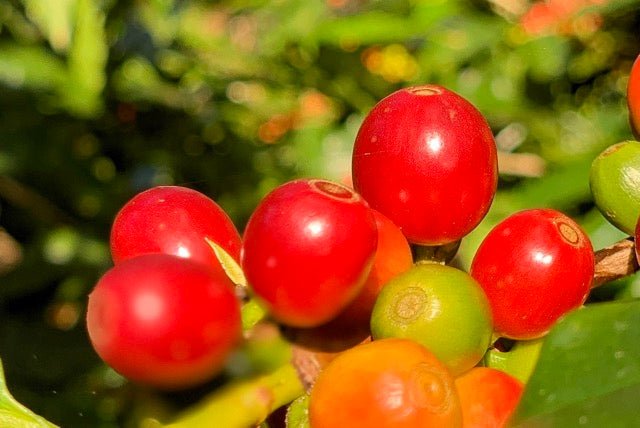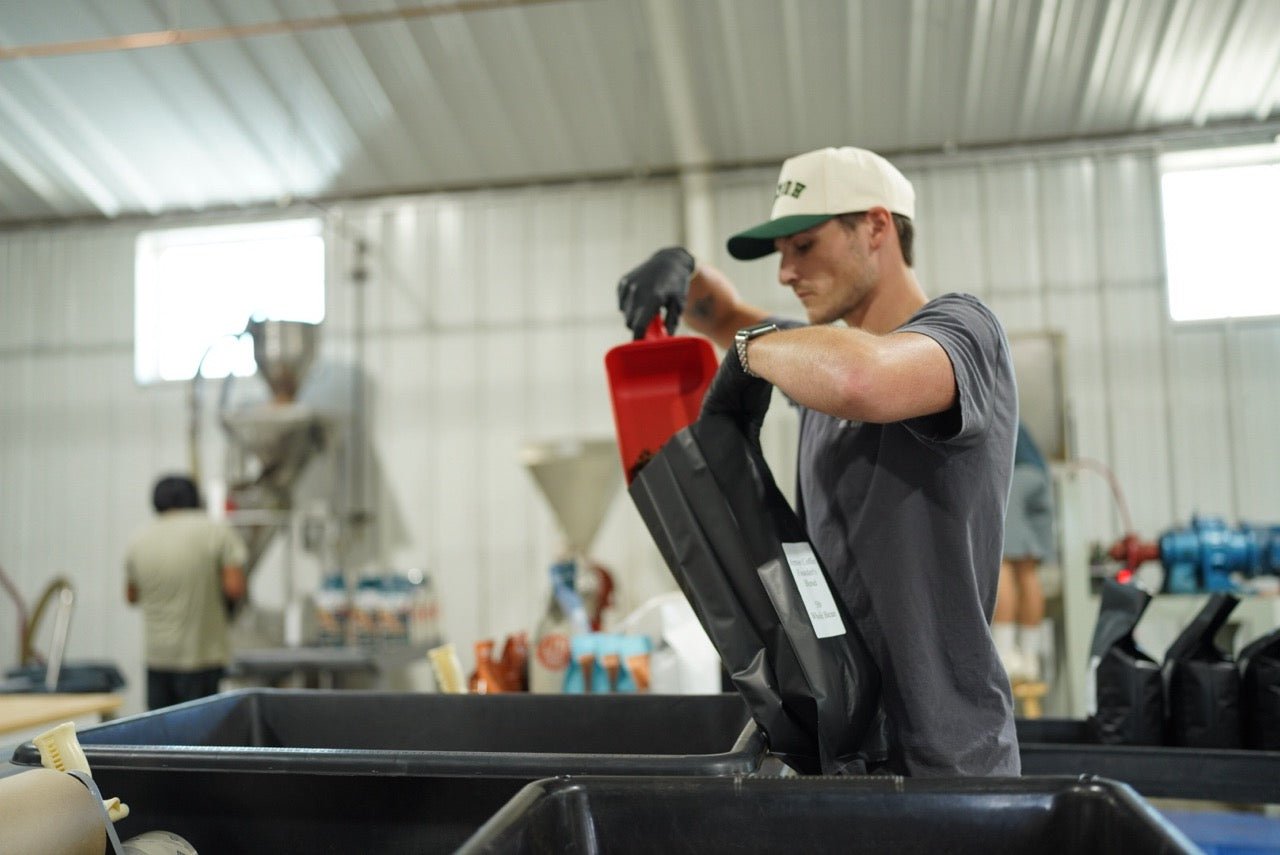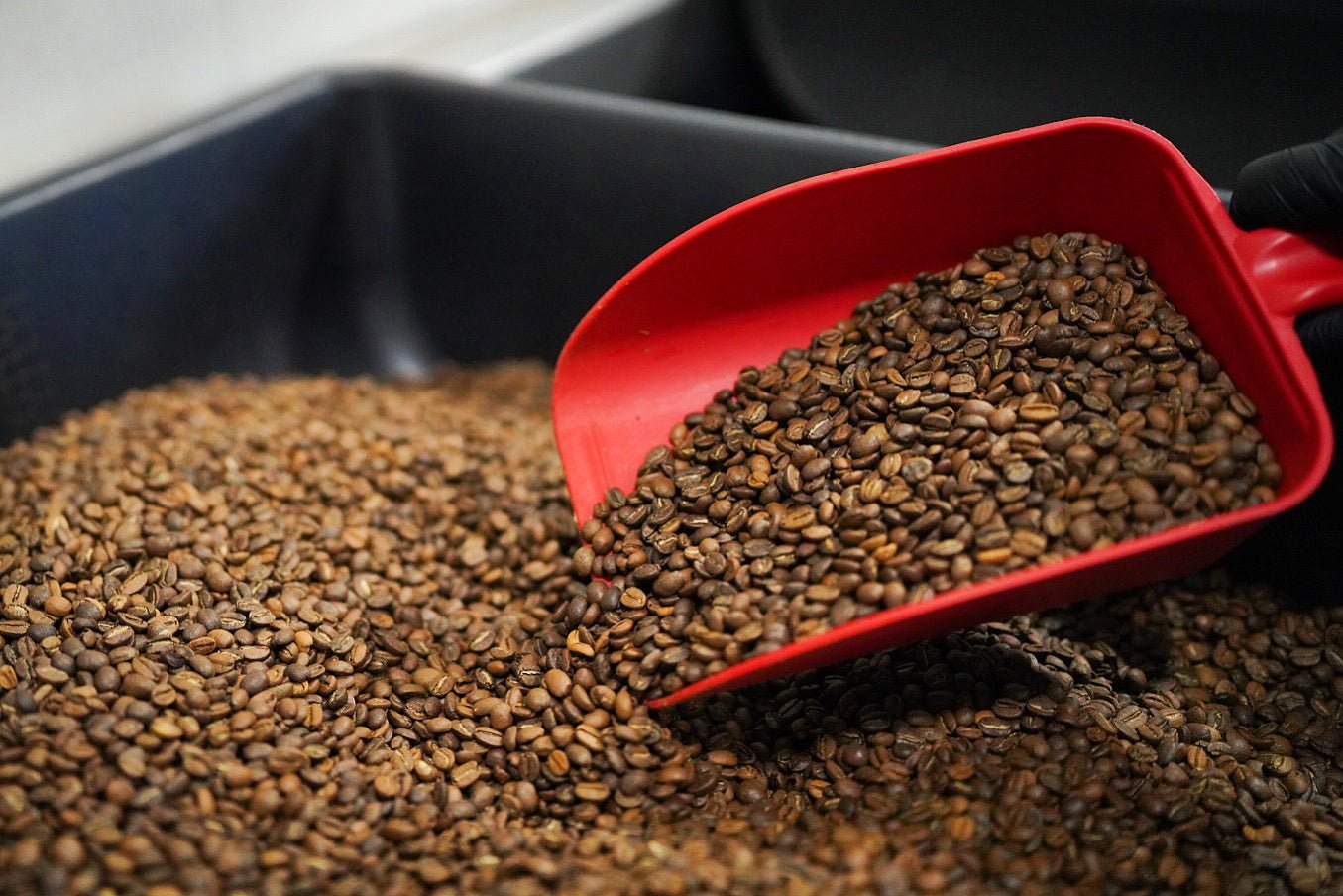The Coffee Plant
The coffee plant is a tropical evergreen plant called Coffea, and is native to the forests of Ethiopia. It is believed to have originated in the Kaffa region of the country, where it is still grown today. Coffea plants can grow up to 20-30 feet tall and are covered in glossy, dark green leaves that are elliptical in shape. The plants produce small, fragrant flowers that bloom in clusters and are typically white or pink in color.
Coffea plants are grown for their fruit, which are small, cherry-like berries that contain two seeds, commonly referred to as coffee beans. Coffee plants are either of the species Coffea arabica or Coffea robusta. Arabica coffee is considered to have a milder and more complex flavor, while robusta coffee is known for its higher caffeine content and stronger, more robust flavor.
Coffee plants need specific conditions to grow and thrive, including high humidity, warm temperatures, and adequate rainfall. They also require rich soil that is well-drained and fertile, as well as partial shade in order to protect them from the intense sun.
The coffee plant has a relatively long lifespan and can be grown for up to 50 years. During this time, it will go through several cycles of flowering, fruiting, and growth. The coffee cherries take around 9 months to ripen, at which point they are hand-picked by workers in the field.
Once the cherries are harvested, they are processed to remove the outer layers and reveal the coffee beans inside. The beans are then dried, sorted, and roasted to produce the coffee that we all know and love.
Overall, the coffee plant is an important crop for many countries around the world, providing livelihoods for millions of people and contributing billions of dollars to the global economy. It is a fascinating plant that has a long and rich history, and continues to play a significant role in our daily lives.


